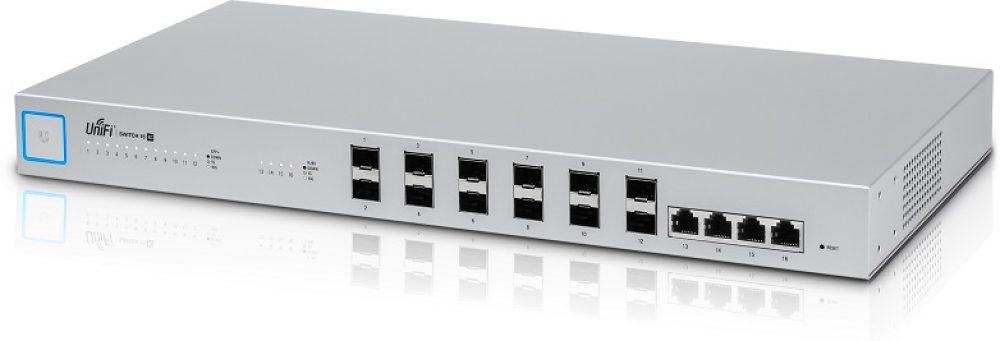Today was the day that I de-commissioned DHCP on my home Active Directory servers. The one area that gave me a little trouble was figuring out how to get Dynamic DNS for clients working with AD DNS. All of the guidance I could find was for BIND.
Here are the commands I used:
set service dhcp-server use-dnsmasq disable
set service dhcp-server dynamic-dns-update enable true
set service dhcp-server global-parameters 'ddns-updates on;'
set service dhcp-server global-parameters 'update-static-leases on;'
set service dhcp-server shared-network-name LAN shared-network-parameters 'ddns-rev-domainname="in-addr.arpa.";'
set service dhcp-server shared-network-name LAN shared-network-parameters 'ddns-domainname="AD-DOMAIN-NAME.";'
Replace LAN with the name of the DHCP server instance on the EdgeRouter, and AD-DOMAIN-NAME with your AD domain (note the trailing period). The " are necessary to escape the quotation marks within the CLI — make sure to copy those as-is.
Breaking this down step-by-step:
set service dhcp-server use-dnsmasq disable
This configures the ER to use ISC’s DHCPd instead of dnsmasq.
set service dhcp-server dynamic-dns-update enable true
set service dhcp-server global-parameters 'ddns-updates on;'
set service dhcp-server global-parameters 'update-static-leases on;'
I’m not sure the first one is necessary here, but we’re configuring DHCP to perform DNS updates on clients’ behalf and to include static DHCP clients.
set service dhcp-server shared-network-name LAN shared-network-parameters 'ddns-rev-domainname="in-addr.arpa.";'
set service dhcp-server shared-network-name LAN shared-network-parameters 'ddns-domainname="AD-DOMAIN-NAME.";'
Finally, we configure each DHCP scope for updates to the forward and reverse zones.








